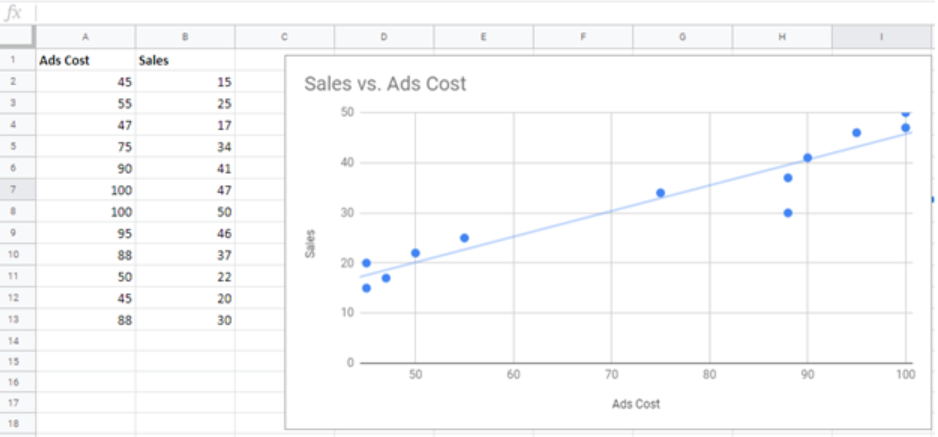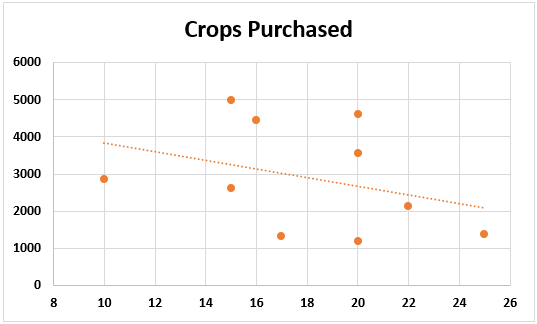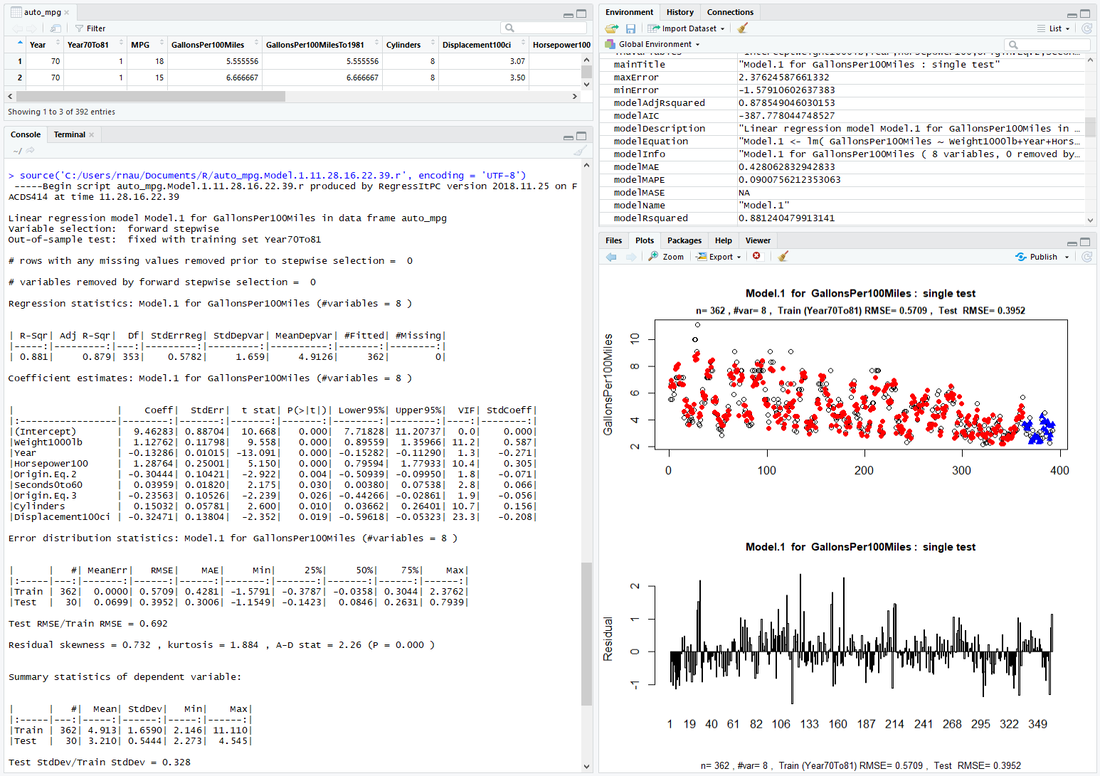

- EXCEL LINEAR REGRESSION EXTENSION TO NONLINEAR HOW TO
- EXCEL LINEAR REGRESSION EXTENSION TO NONLINEAR CODE
It is fairly restricted in its flexibility as it is optimized to calculate a linear least-squares regression for two sets of measurements only. This is a highly specialized linear regression function available within the stats module of Scipy. If you want to fit a model of higher degree, you can construct polynomial features out of the linear feature data and fit to the model too. For simple linear regression, one can choose degree 1. Detailed description of the function is given here. This is a pretty general least squares polynomial fit function which accepts the data set and a polynomial function of any degree (specified by the user), and returns an array of coefficients that minimizes the squared error. Let me discuss each method briefly, Method: Scipy.polyfit( ) or numpy.polyfit( )

It adds significant power to the interactive Python session by providing the user with high-level commands and classes for manipulating and visualizing data.

SciPy is a collection of mathematical algorithms and convenience functions built on the Numpy extension of Python. Most of them are based on the SciPy package.
EXCEL LINEAR REGRESSION EXTENSION TO NONLINEAR CODE
The entire boiler plate code for various linear regression methods is available here on my GitHub repository. But all of them may not offer same amount of information or modeling flexibility. data normalization, model coefficient regularization, feeding the linear model to another downstream model), this is often not the fastest or cleanest method when a data analyst needs just a quick and easy way to determine the regression coefficients (and some basic associated statistics). While this can offer additional advantages of applying other pipeline features of machine learning (e.g.
EXCEL LINEAR REGRESSION EXTENSION TO NONLINEAR HOW TO
However, is there only one way to perform linear regression analysis in Python? In case of multiple available options, how to choose the most effective method?īecause of the wide popularity of the machine learning library scikit-learn, a common approach is often to call the Linear Model class from that library and fit the data. Therefore, it is critical for a data scientist to be aware of all the various methods he/she can quickly fit a linear model to a fairly large data set and asses the relative importance of each feature in the outcome of the process. On the other hand, Python is fast emerging as the de-facto programming language of choice for data scientists. Thus, a large body of natural phenomena can be modeled (approximately) using these transformations and linear model even if the functional relationship between the output and features are highly nonlinear. As pointed out in this article, ‘ LINEAR’ term in the linear regression model refers to the coefficients, and not to the degree of the features.įeatures (or independent variables) can be of any degree or even transcendental functions like exponential, logarithmic, sinusoidal.

The importance of fitting (accurately and quickly) a linear model to a large data set cannot be overstated. We gloss over their pros and cons, and show their relative computational complexity measure.įor many data scientists, linear regression is the starting point of many statistical modeling and predictive analysis projects. In this article, we discuss 8 ways to perform simple linear regression using Python code/packages.


 0 kommentar(er)
0 kommentar(er)
